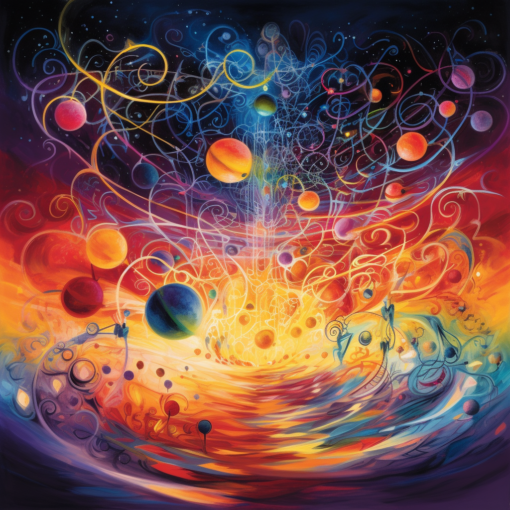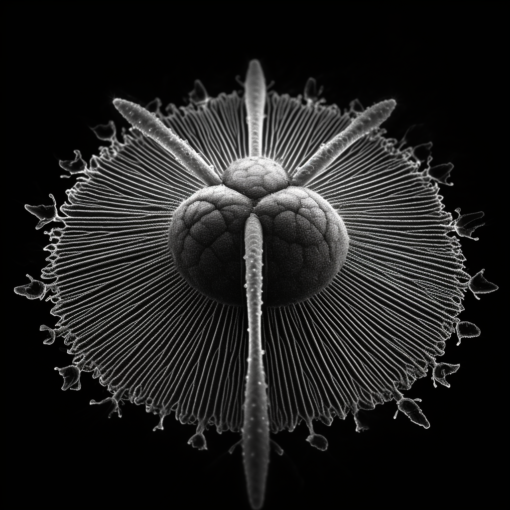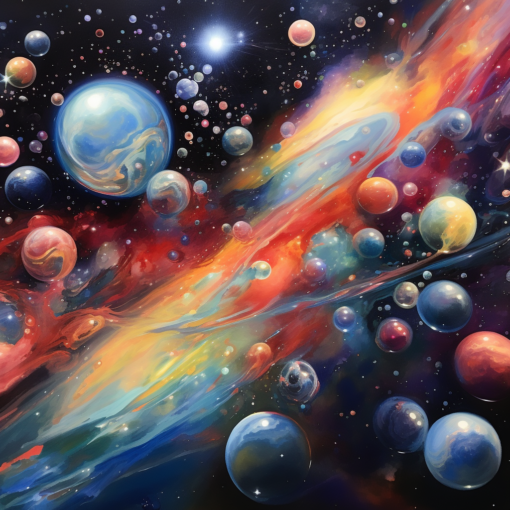Greetings, dear friends,
In the vast celestial waltz of the cosmos, planets move in intricate patterns, their paths dictated by the gravitational forces at play. There is one phenomenon, however, that stands out for its mesmerizing harmony: Orbital Resonance.
Orbital resonance, dear reader, is a gravitationally mediated synchrony that planets or moons may share. These celestial bodies ‘dance’ in a rhythmic pattern, with their orbital periods bearing a simple, integer ratio to each other. This dance is not a product of chance or randomness but a mesmerizing demonstration of celestial harmony.
Consider, for instance, the Jovian moons, Ganymede, Europa, and Io. These moons are in a 1:2:4 resonance, meaning that for every orbit Ganymede makes, Europa makes two, and Io, four. Such rhythm is nothing short of a cosmic ballet, a testament to the spectacularly precise nature of our universe.
But why does orbital resonance occur, you may ask? The answer lies in gravity, the universal force that pulls bodies toward each other. Resonant bodies exert regular gravitational tugs on each other, nudging their orbits into a symphony of predictable, repeating patterns. This not only stabilizes their orbits but also guards against disruptive collisions, thus ensuring the long-term sustainability of the solar system.
Orbital resonance also has a hand in sculpting the aesthetic aspects of our cosmos. The splendid rings of Saturn owe their striated appearance to the resonant effects of Saturn’s moons. Where resonance occurs, gaps known as the Cassini Division manifest in the rings, resulting in their beautiful, banded look.
There is so much more to orbital resonance than we can cover in this short discourse, dear reader, but I hope this provides you with a taste of its grandeur. It’s a delightful reminder of the inherent harmony in our universe, a harmony that often escapes our day-to-day perception.
So, the next time you gaze up at the night sky, I invite you to remember the cosmic ballet that plays out in the vast theater of space. The planets and their moons, our celestial companions, are not merely drifting aimlessly; they are dancing – dancing to the rhythm of the cosmos, the rhythm of orbital resonance.
Until next time, keep pondering!
Yours in perpetual curiosity,
Percival Q. Higginbottom

Further Reading:
- NASA: Celestial Mechanics: Delve deeper into the fascinating field of celestial mechanics, where gravity plays the leading role in the cosmic ballet.
- Space.com: The Moons of Jupiter: Learn more about the resonant dance of Jupiter’s moons and how their gravitational interplay shapes their orbits.
- The Planetary Society: The Rings of Saturn: Discover the enigmatic beauty of Saturn’s rings, sculpted by the resonant effects of its moons.





9 thoughts on “The Harmonious Dance of the Planets: A Glimpse into Orbital Resonance”
Can you be more specific about the content of your article? After reading it, I still have some doubts. Hope you can help me.
Thanks for sharing. I read many of your blog posts, cool, your blog is very good.
Thank you for your sharing. I am worried that I lack creative ideas. It is your article that makes me full of hope. Thank you. But, I have a question, can you help me?
I don’t think the title of your article matches the content lol. Just kidding, mainly because I had some doubts after reading the article.
Can you be more specific about the content of your article? After reading it, I still have some doubts. Hope you can help me.
Alright, hititbet540 is legit. Good odds, tons of options. Been betting here for a bit. Solid, reliable. Can recommend it.
Your point of view caught my eye and was very interesting. Thanks. I have a question for you. https://www.binance.info/uk-UA/register?ref=XZNNWTW7
Your article helped me a lot, is there any more related content? Thanks! https://www.binance.info/register?ref=IHJUI7TF
Hey! Recently gave cashhoardslot a spin. It seems like a niche slot game, definitely seems designed for a certain type of player. I want to try some more slots later cashhoardslot.